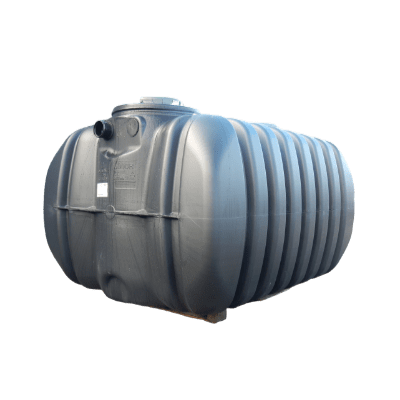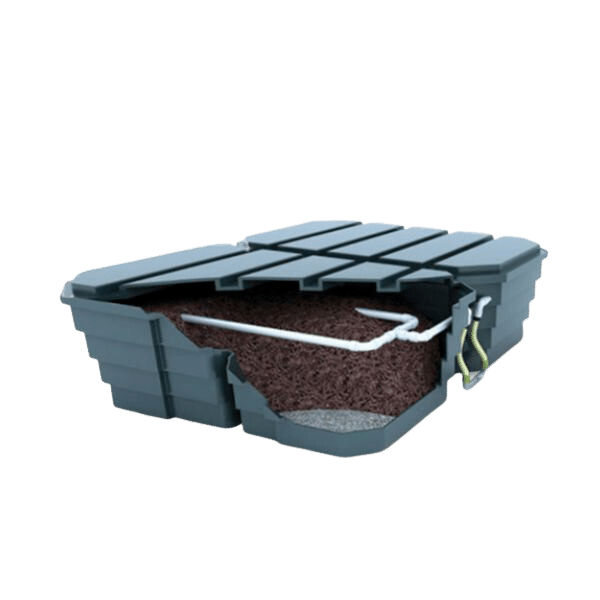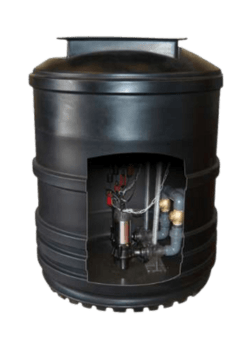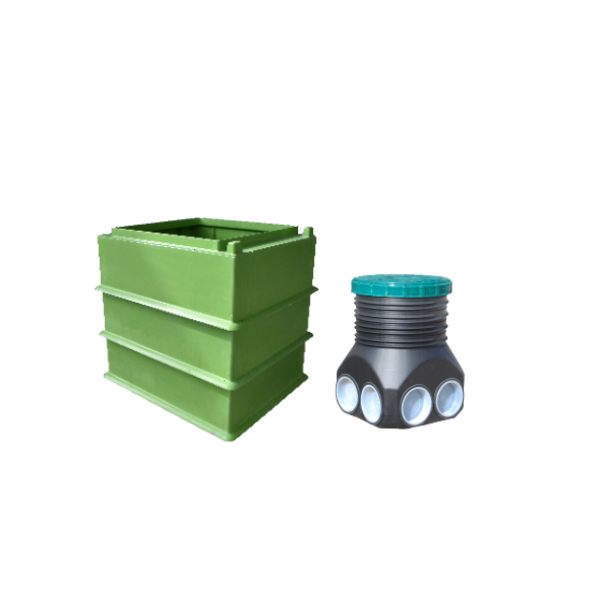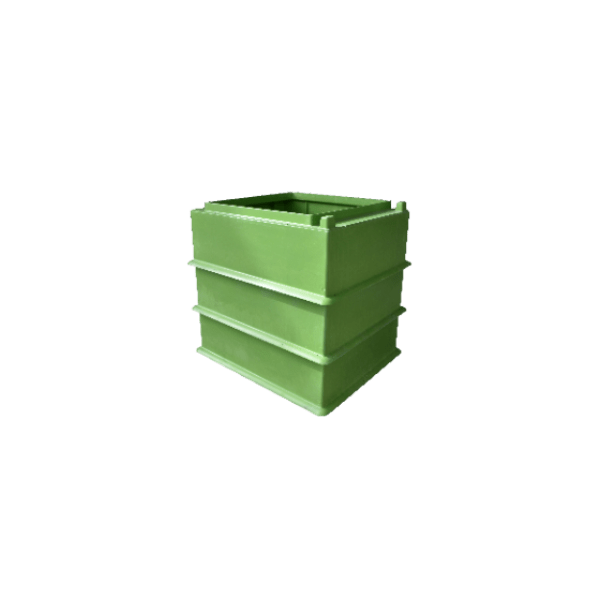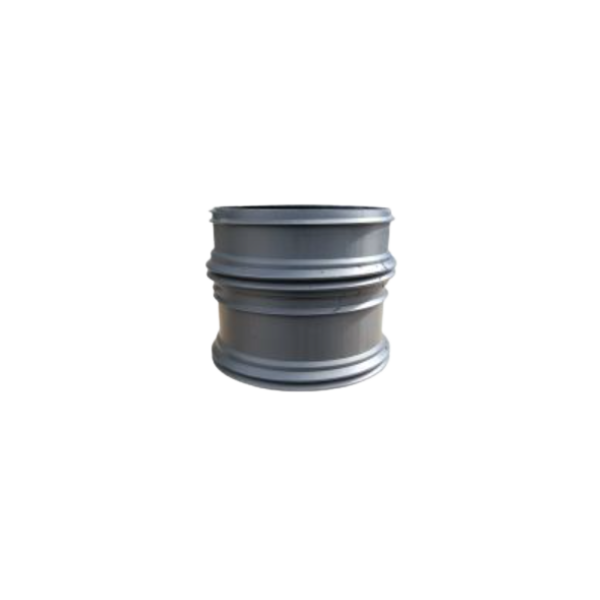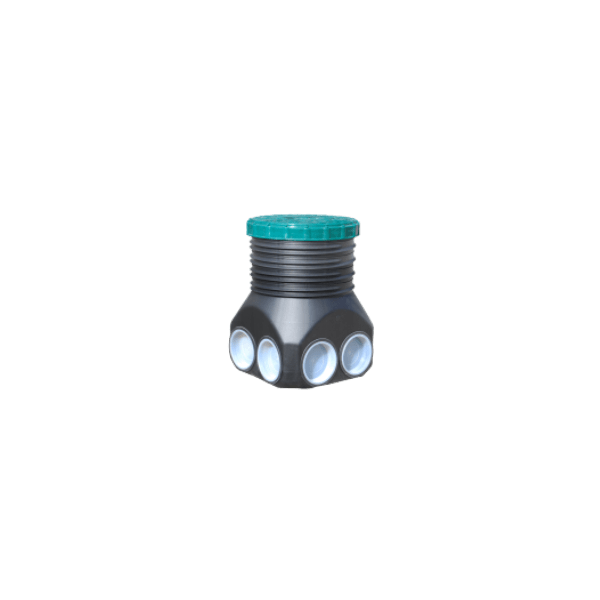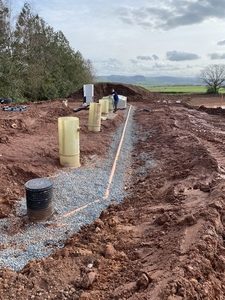SEWAGE TREATMENT
Buying a house with a septic tank in the UK
OVERVIEW
General binding rules is the legislation in force regarding septic tanks and sewage treatment plants in the UK. They determine the case where you are responsible for a septic tank or a sewage treatment plant, the type of installation and the cases in which your system complies or does not with the legislation.
Recently, in 2020, the legislation changed, and some installations were not compliant anymore with the new rules. Those new rules concern the installation of septic tanks.
When buying a house with a septic tank in the UK, you must know the new rules, the type of installation the house has, and if some adjustments are needed.
In this article, you will find some help regarding the new 2020 septic tank regulations and what to do if you are buying a house.
If you have any questions, feel free to call us
What should you know about the sewage treatment system when you are buying a house?
Once you spot a house you’d like to buy; you need to find out the existing sewage system.
Here are some useful details to find out before buying your house:
- The description of the property’s sewage treatment system
- The location of the main elements, the drainage field and the discharge point.
- The details of any changes or alterations made to the system and drainage field.
- Some indications of how it should be maintained, including the manufacturer’s manual, if available.
- Maintenance records, if possible.
If the system is non-compliant and is being replaced with a modern and efficient sewage treatment plant, it is essential to ensure that your new system is sized and installed correctly and in accordance with British Water’s Flows & Loads 4 Guidance.
How do I know if the installation of the house is compliant?
Buying a house and would like to know if the installation is compliant?
First, you will need to know the type of installation the house has.
To determine the type of installation, you should ask the house owner or the estate agent.
The seller is responsible for ensuring the installed system complies with the legislation. If you’re selling a house with a septic tank, please read this article.
In what cases is the system not compliant?
If the house is equipped with a sewage treatment plant, the system complies with UK legislation.
If the house is equipped with a septic tank, there are two possible cases:
- The septic tank is discharging into a network of pipes in the surrounding field (drainage field). It provides an additional form of treatment for the effluent from the septic tank. This type of installation – a septic tank + a drainage field – is not affected by the 2020 septic tank regulations.
- However, if the septic tank discharges through a pipe directly into a watercourse (stream, river or lake) – The 2020 septic tank regulations affect this type of installation, as direct discharge to a waterway is no longer permitted. The system must be upgraded.
What should the seller do if the solution is not compliant?
If your current sewage treatment system does not meet the 2020 General Binding Rules requirements, the seller has three options:
- Connect to the local main sewer system if there is one close enough for this to be possible.
- Install a drainage field after the septic tank if there is enough suitable land available to do so. It is illegal to discharge into a watercourse from a septic tank.
- Replace the non-compliant sewage treatment system with a modern and efficient sewage treatment plant.
Why is it important to know if the solution complies when you’re buying a house?
If the system is not upgraded, the sewage is polluting the watercourse. The owner of the non-compliant septic tank can be heavily fined and imposed to pay penalty fees.
Discover Tricel Sewage Treatment Solutions
For both household and commercial application, Tricel provides a wide variety of sewage treatment options. All of our solutions abide by the 2020 septic tank rules as well as UK sewage treatment laws.
Tricel product range
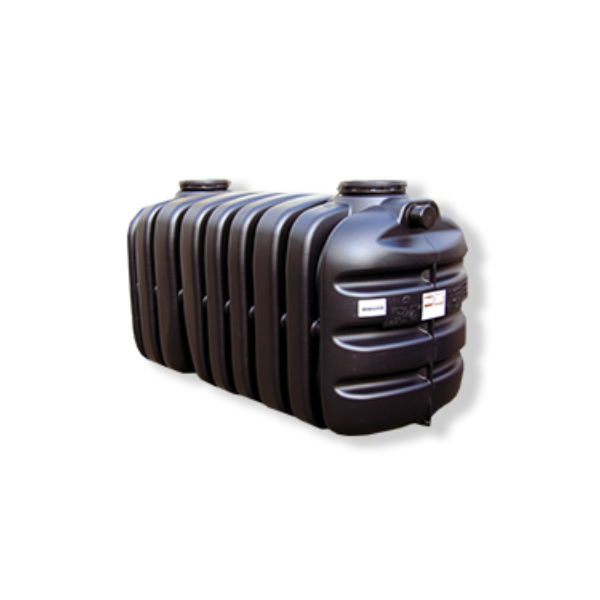
Tricel Vento Septic Tank
Shallow dig tank, strong & robust underground tank, No electrical or moving parts. Ideal for sites with good drainage & plenty of space.
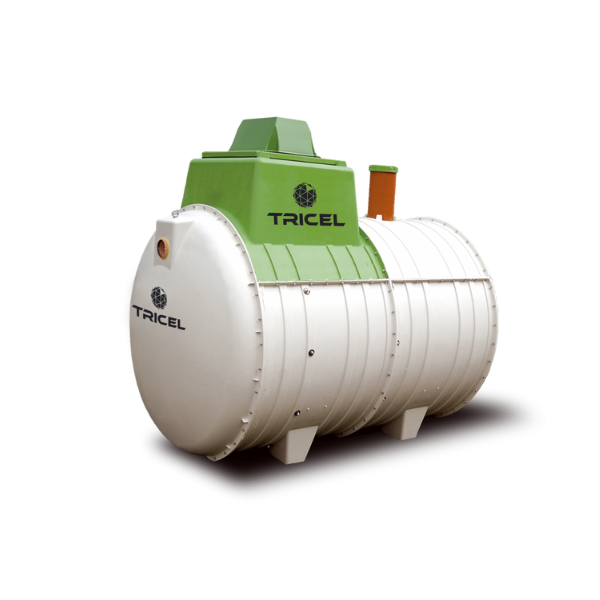
Tricel Novo Sewage Treatment Plant
Durable & long lasting SMC tank, shallow dig tank, easy installation (Plug and Play), long life components.
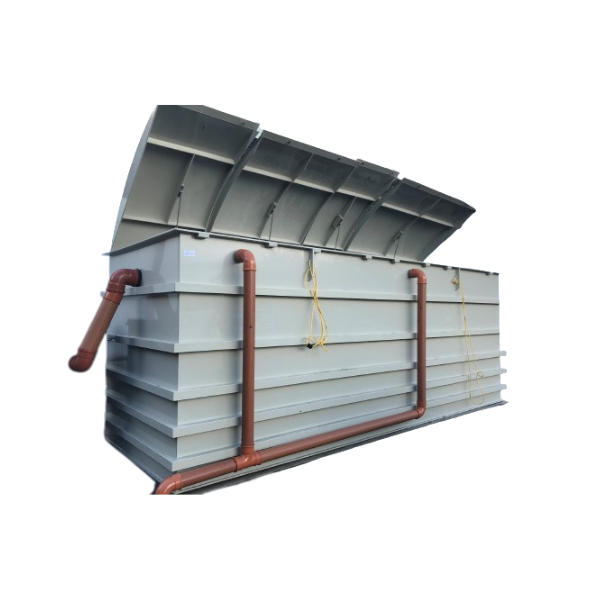
Tricel Maxus Sewage treatment Plant
Commercial plant. Submerged Aerated Filter (SAF) technology. Ideal for every project over 50 Population Equivalent.
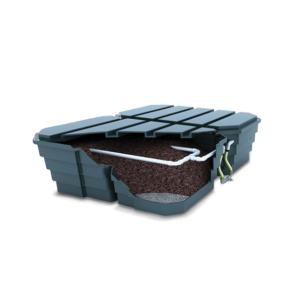
Tricel Puraflo Packaged filter
Ideal for sensitive sites, compliant to British Standard, small footprint.
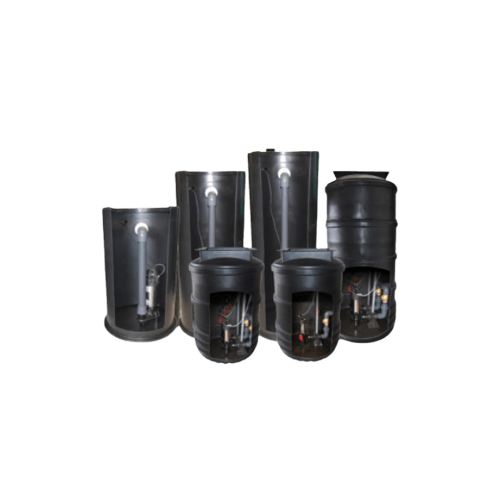
Tricel Pumping Stations
Pump fluids from one place to another where gravity drainage cannot be used, easy and trouble-free installation
50 YEARS IN BUSINESS
A highly successful multinational corporation with over 50 years’ valuable industry experience
SEWAGE TREATMENT PLANTS
Plants available for all capacities, from 1PE up to 50PE. Free advice on request.
FAST DELIVERY
On-time delivery is a core requirement of our successful business operations

Recent projects with Tricel Novo UK 6 treatment plant
Extensive industry experience, manufacturing since 1973.
Tricel manufacture deliver & install sewage treatment plants across a wide range of industry sectors throughout Ireland & the UK. Tricel also provide import/export services for our international clients. Top quality material offers outstanding capabilities including long life, durability and is a cost-effective solution for sewage treatment even in the harshest environments.
Tricel has installed many of its Tricel Novo Sewage Treatment Plants across the UK.
Check some of our projects by clicking on the button below.
Frequently Asked Questions
A cesspool is a simple storage vessel with an inlet and no outlet. It’s a sealed storage vessel; all the water coming in stays within the tank. The advantage is it doesn’t need an outlet. The disadvantages are: there is no treatment, the tanks are huge, and it needs regular emptying. Everything which has gone in must be sucked out. Ideal for sites which have got very infrequent use (Sheppard huts, for example).
A septic tank has an inlet and an outlet; it’s a simple overflow system. See how a septic tank works here. The advantages of the septic tank are there is no mechanic and no electricity requirement for it to work. The disadvantages are you are discharging dirty water, and untreated sewage effluent, as a tiny breakdown has occurred in the tank. You can only release water to a drainage field for the water to go through the subsoil to treat the water.
A sewage or package treatment plant has an inlet and an outlet; the wastewater is treated inside the tank. Aeration is provided inside the tank for the aerobic bacteria to feed on the waste and remove it from the liquid. The advantages are the wastewater is treated and can be discharged to a watercourse.
Many package treatment plants are available on the market:
- Trickles filters
- Rotating Biological Contactors (RBC)
- Mobile media bio-reactors
- Activated Sludge systems
- Sequence Batch Reactor systems (SBR)
- Fixed Bed Systems (like the Tricel Novo)
UK sewage treatment plants must comply with EN 12566-3 2005 regulations.
You should also hire a professional to install your sewage treatment system. For any sewage treatment plants you intend to install, you should also check your local guidelines to determine if planning permission is required.
A sewage treatment plant is where domestic wastewater and sewage are treated. The sewage treatment plants break down organic matter through the primary settlement and aeration chambers. Sewage treatment plants require little maintenance and have low running costs, and sewage effluent is discharged into drainage fields or watercourses.
For example, the required standards are 20:30:20 for BOD, SS, and NH4.
Tricel® has achieved an 11:16:9 result during independent testing.
In order for the biomass to reach its optimum purification, it may take up to 16 weeks.
You may be able to discharge directly into a watercourse or to a percolation area depending on your region. Find out which option is best for you by contacting your local council.
The sewage treatment plant’s size depends on the effluent volume from your house. It is determined by the number of people using the system, which is calculated based on the number of bedrooms in your home. If you need further information, contact our team.
Occasionally, your sewage treatment plant will need to be emptied due to the accumulated sludge inside – usually once a year. The frequency of emptying your treatment plant depends on its size and usage. See our dedicated page about desludging septic tanks and wastewater treatment plants.
1) to prevent surface water from entering the tank and overloading the system as this can inhibit growth of the bacteria and could reduce the effluent quality.
2) to prevent water getting into blower housing which can harm the control panel and the air blower.
Learn more about Tricel Novo risers.
Get in touch
